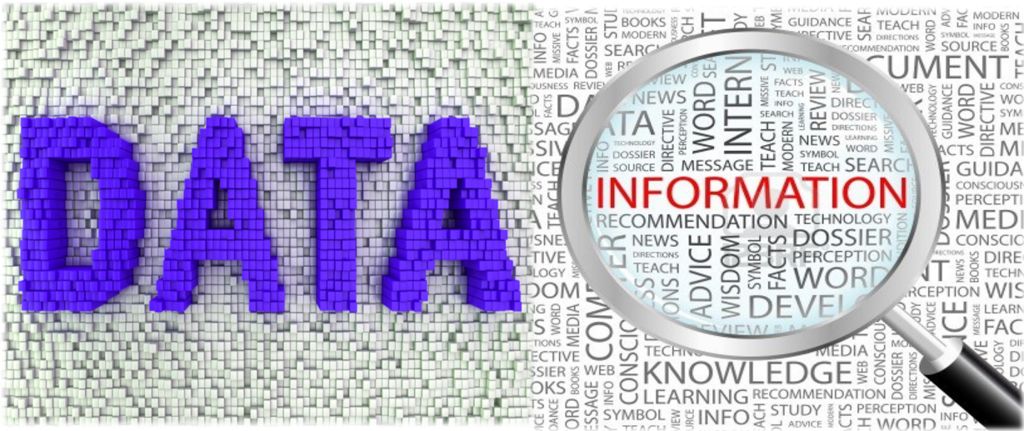Intelligence Starts With Data
 Nneka
Nneka
Data in its raw form is not intelligent. But it can serve as a basis for intelligent systems and decision-making. Data is simply a collection of unstructured facts and figures. Yet, analyzing data can uncover patterns, trends, and perspectives used for intelligent decisions. In machine learning, data train models that identify patterns and make predictions. It provides cues that enable the model to learn and refine its performance over time. Even so, the intelligence of the resulting system is not contingent on the data. It is dependent on the algorithms, methodologies, analysis, and processes of the data. As well as the quality and relevance of the data itself, and the context in which it implements. Data is a critical component of many intelligent systems, but it is not intelligent by itself. With appropriate techniques for analysis, it could extract insights and make informed decisions.
Needful to mention, that an intelligent model is as good as their training data. Acquiring knowledge and understanding begins with collecting relevant and accurate data. Informed decisions or insightful conclusions entail accessing, analyzing, and interpreting reliable data.
In the artificial intelligence and machine learning world, this statement is particularly relevant. Machine learning algorithms use large amounts of data, to "learn" and enhance efficiency. Without adequate data, these algorithms would fail to make accurate predictions.
Generally, data is a crucial component in gaining intelligence and executing valuable tasks. Be it human intelligence or machine intelligence. The role of data in AI requires considerable thought into various types of data used in building AI. A conceivable image might be a plant with data as its roots and intelligence as its branches and foliage. The roots, denoting data, are the basis on which the plant develops and extends. As the plant grows, its branches and foliage become more accurate, and detailed. Signifying the escalating level of intelligence and erudition on the groundwork of data.
The techniques used to collect, prepare, train and score the model, influences accuracy. For example, there are different types of data used in AI which includes:

Structured data:
Structured data is organized and well-represented data in tables and spreadsheets. This type of data is often used in supervised learning applications. An example is in predictive modeling and regression analysis.
Semi-structured data:
Semi-structured data has some organization, but not enough to be structured data. Examples of semi-structured data are XML files and JSON data.
Unstructured data:
Unstructured data is unorganized but well-represented data in structured formats. For example, text, images, and audio files. Natural language processing, image and speech recognition applications are models of unstructured data.
The techniques used to train and score AI models:

Unsupervised learning:
Unsupervised learning is a potent technique for identifying patterns and structures in datasets. Used in applications where labeled data is not accessible or difficult to achieve. Unsupervised learning uses unlabeled data to recognize patterns and structures in data. This technique is applicable in clustering and anomaly detection. Unsupervised learning trains on an unlabeled dataset. Having no prior knowledge of the correct outputs. The purpose is to recognize patterns, relationships, and structures in the data.
The algorithm in unsupervised learning, tries to group similar data points into clusters. It also identifies concealed patterns in the data. Clustering is a common method of unsupervised learning. It categorizes similar data points based on their attributes or features.
Applications of unsupervised learning include identifying customer segments, social networks, and anomaly detection. It is often used as a preliminary step for supervised learning. Where the insights obtained from unsupervised learning can create more accurate predictive models.
Supervised learning:
Supervised learning uses labeled data to train AI models. It predicts outcome or classify data. Supervised learning is to train a model on a labeled dataset, using an input with a known and correct output. The goal is to generate a model that can predict the output for new input. For example, based on the patterns and relationships learned from the labeled data. In supervised learning, the labeled data is in two distinct sets: a training set and a test set. The training set entails adjusting the model's figures to reduce the difference between the predicted and true output. Once the model is trained, it is assessed on the test set for performance evaluation on unseen data.
Supervised learning algorithms are beneficial for a wide range of tasks. These include classification (the output is a discrete class label) and regression (the output is a continuous value). Supervised learning algorithms include decision trees, support vector machines, and neural networks.
The application includes; image and speech recognition, natural language processing, fraud detection, and forecasting.
Reinforcement learning:
Reinforcement learning involves training AI models to make decisions based on reward systems. A technique that instructs on how to optimize rewards. Through trial and error processes and by making decisions in an environment. The environment obtains feedback as rewards or penalties depending on its actions.
The aim is to educate on how to take actions, that increase the total reward it accumulates over time. The environment learns by investigating and gaining knowledge from its encounters. It utilizes a policy that connects states to actions based on the anticipated reward. This technique used applications such as games and robotics.
Conclusion
Knowledge gained through data, can entail combining information from many categories of data. In the "big data" domain, vast quantities of data from varied origins can merge to extract insights. This may not have been unattainable with tinier data sets.
Subscribe to my newsletter
Read articles from Nneka directly inside your inbox. Subscribe to the newsletter, and don't miss out.
Written by
